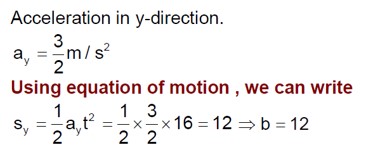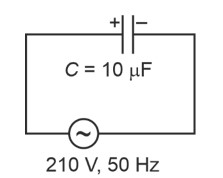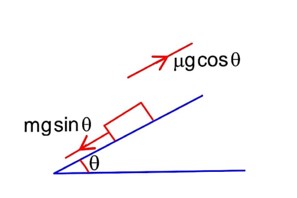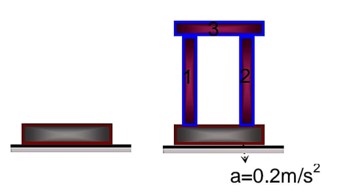Laws of Motion
Get insights from 109 questions on Laws of Motion, answered by students, alumni, and experts. You may also ask and answer any question you like about Laws of Motion
Follow Ask QuestionQuestions
Discussions
Active Users
Followers
New answer posted
3 months agoContributor-Level 10
Statement-I: F? = mv²/r ≤ f? = µmg ⇒ v ≤ √ (µgR) = √ (0.2*9.8*2) = 1.98 m/s
v_cyclist = 7 km/h = 1.94 m/s. Since 1.94 m/s < 1.98 m/s, statement-I is correct.
Statement-II: v_max = √gR (tanθ+µ)/ (1-µtanθ) = .
v_min = √gR (tanθ-µ)/ (1+µtanθ) = √ (9.8*2 (tan45-0.2)/ (1+0.2tan45) = 3.65 m/s
v_cyclist = 18.5 km/h = 5.14 m/s. This is outside the safe range. Statement-II is incorrect.
New answer posted
3 months agoContributor-Level 10
Let the spring is in extension state and
Hence we can say that block moves away from block B in the frame of B
F – kx = MaB . (1)
kx = Ma. (2)
New answer posted
3 months agoContributor-Level 10
Sol. Before collision

It undergoes completely inelastic collision
Using conservation of linear momentum
Initial momentum = Final momentum
Taking an Exam? Selecting a College?
Get authentic answers from experts, students and alumni that you won't find anywhere else
Sign Up on ShikshaOn Shiksha, get access to
- 65k Colleges
- 1.2k Exams
- 679k Reviews
- 1800k Answers







